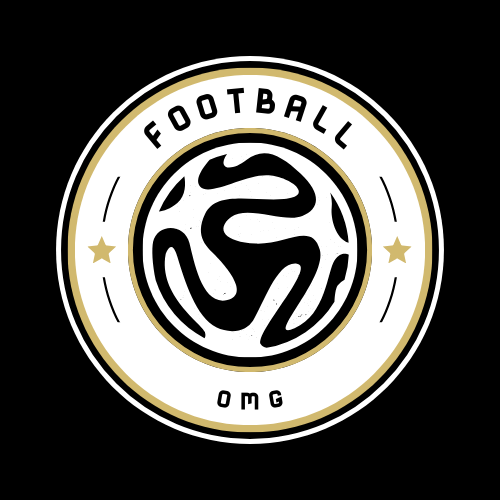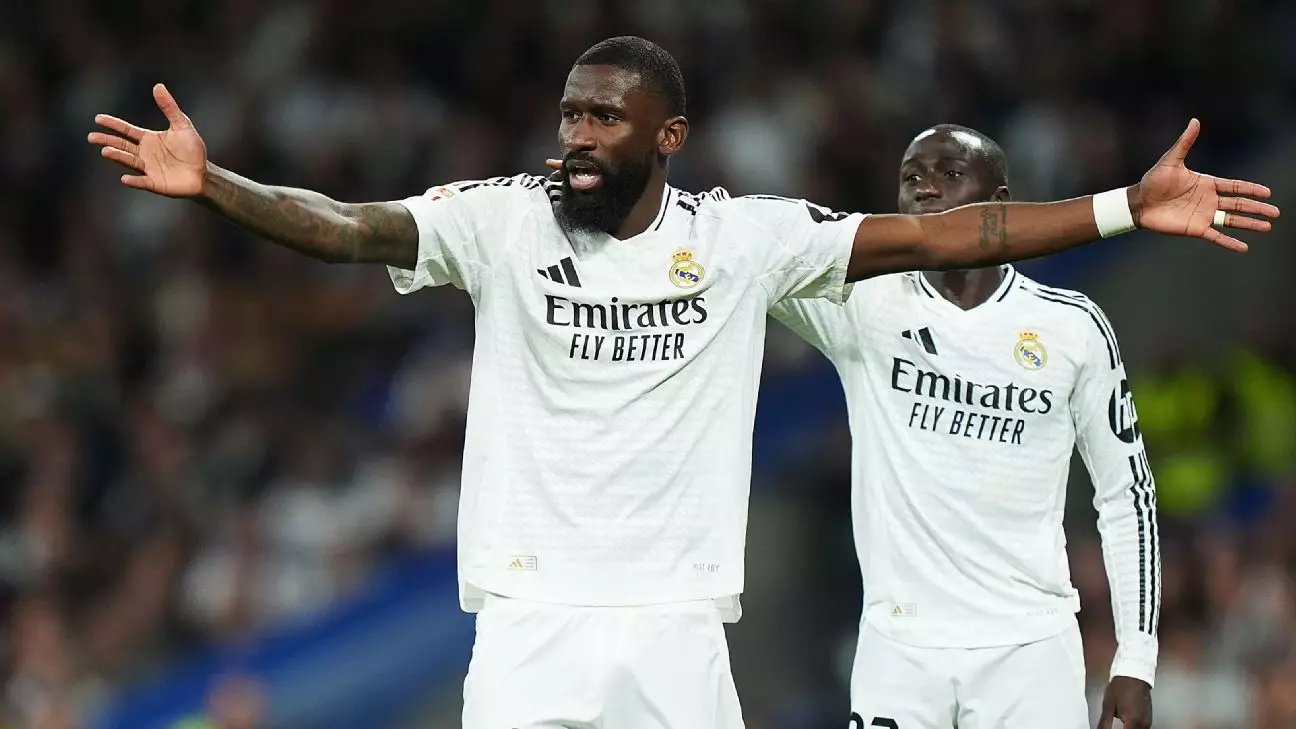The UEFA Champions League is undoubtedly one of the pinnacles of club football, where teams from across Europe vie for the prestigious trophy. However, the road to glory is fraught with challenges, and one of the most significant hurdles that clubs face comes in the form of player injuries and suspensions. The stakes are even higher as teams manage their line-ups and strategize for vital fixtures, with personnel changes affecting not only immediate performance but also long-term aspirations in the tournament.
Injuries can disrupt a club’s rhythm, especially when star players or key squad members are sidelined. For instance, consider the case of Jordan Amavi from Brest, who is expected to be out until February 14 due to a hamstring injury. Such absences can severely impact team cohesion, forcing managers to alter tactical approaches or rely on less experienced players to step up. Similarly, Bradley Locko’s achilles injury—expected to keep him out until March 30—places additional pressure on the defensive line, potentially leading to vulnerabilities that opposing teams can exploit.
Moreover, teams such as Juventus are grappling with multiple injuries that highlight the depth of the problem. With significant absences like Gleison Bremer and Andrea Cambiaso due to knee issues, manager Massimiliano Allegri is tasked with reinventing his defensive strategy to cover these gaps while still fielding a competitive side. This phenomenon is not unique to Juventus; it reverberates across all teams in the Champions League, showcasing how injuries can reshape not only match-day line-ups but also a team’s overall strategy and ambitions.
While injuries are often unpredictable and can result from various on-pitch encounters, suspensions provide a different layer of complexity. Morten Hjulmand’s recent suspension for Sporting CP, for instance, underscores how disciplinary actions can deprive teams of vital players at critical junctions in their Champions League campaigns. These suspensions often evoke frustration within coaching staff and supporters alike, as the teams are left to grapple with the immediate repercussions of player availability.
Suspensions not only remove players from the pitch but can also drain morale, particularly if the missing player is a core part of the team’s strategy. For example, Daizen Maeda’s absence from Celtic due to suspension could weaken the attacking thrust crucial for competing against teams like Bayern Munich, allowing opponents to exert further control over the game.
The race against time for player fitness is yet another aspect that complicates team management leading into these significant fixtures. As teams prepare for upcoming matches, managers often find themselves waiting on updates concerning key players with impending returns from injuries. The uncertainty surrounding players like Warren Zaïre-Emery of Paris Saint-Germain, who is battling an ankle injury, adds tension to the training ground as coaches balance risk and reward when considering their fitness for the match day.
Additionally, players with uncertain statuses can particularly impact team morale and preparation. The likes of Ederson, who is grappling with an undisclosed injury, can become major points of concern; coaches must tread carefully, weighing the necessity of having such players on the field against the risk of exacerbating existing injuries.
The essential nature of resilience and adaptation becomes paramount in the Champions League, where the talent pool often separates the good from the exceptional. Consequently, clubs that maintain depth within their squads, allowing them to pivot and adjust line-ups without losing competitive edge, often perform better in high-stakes scenarios. For example, the rotation strategies employed by clubs like Manchester City and Real Madrid demonstrate how having alternatives can mitigate injury and suspension risks.
Each injury or suspension serves as both a challenge and an opportunity for less-utilized players. With prominent figures sidelined, emerging talents need to take on greater responsibility and make their mark on the European stage, which can lead to greater team synergy and unexpected victories.
Managing injuries, suspensions, and race-against-time scenarios is an integral and strategic part of the UEFA Champions League football framework. Clubs must navigate the complexities of squad management with tactical foresight and emotional resilience. Whether through the emergence of new talent or robust strategies to limit the impacts of absence, it is a test of character and strength. As teams prepare for their next fixtures, the dynamics of player availability will inevitably shape the narrative of this prestigious tournament, emphasizing the peril and promise that comes with pursuit of European glory.

